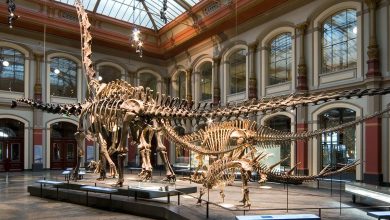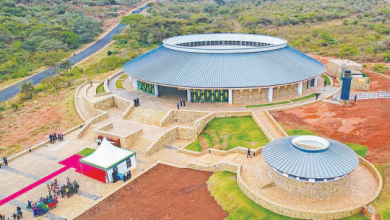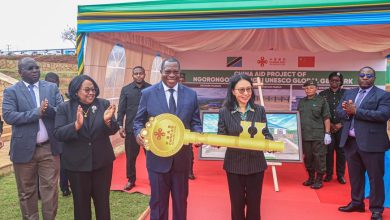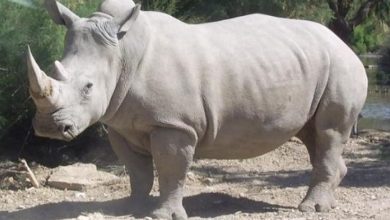Ngorongoro-Lengai Geopark: Where earth tells its stories
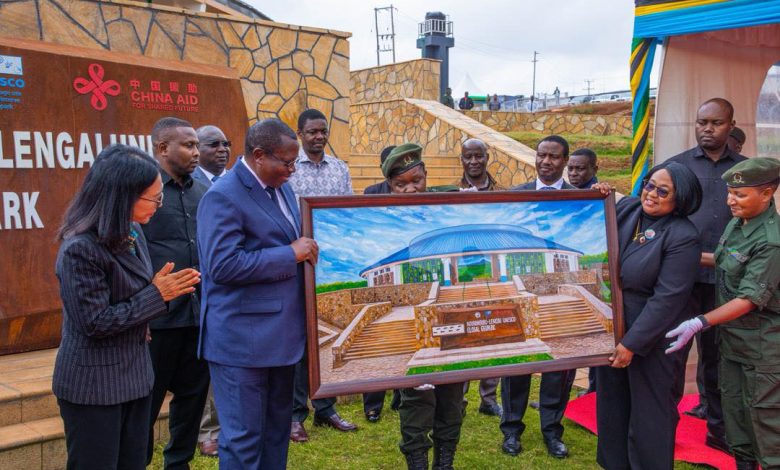
KARATU: A NEW chapter in Tanzania’s heritage unfolds under the wide skies of Karatu, Arusha.
On 16 October 2025, the Vice President of the United Republic of Tanzania, Dr Philip Isdor Mpango, inaugurated the Urithi Geo-Museum, a modern sanctuary that celebrates and preserves the geological and cultural legacy of the Ngorongoro-Lengai UNESCO Global Geopark.
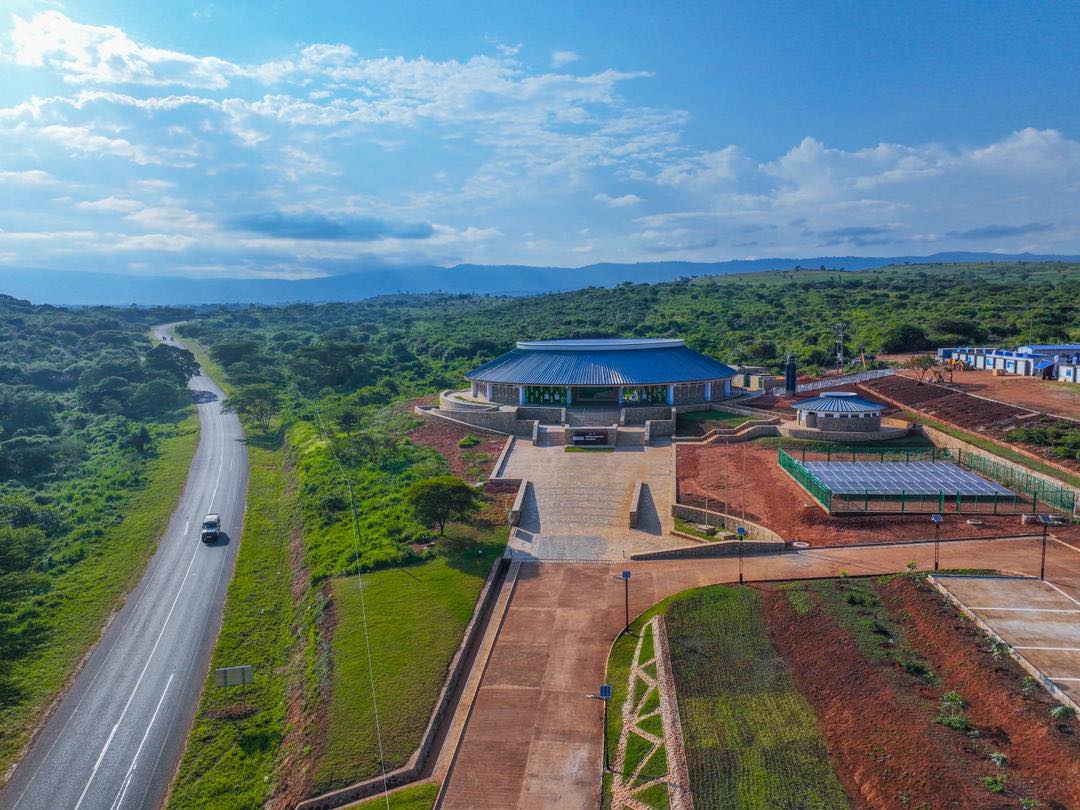
This landmark institution is the only protected area in sub-Saharan Africa with internationally significant geological features, and which opens its doors to tourism, conservation, education, and research concerning not just geology but also other relevant sciences.
This is the only site where tourists from around the world may completely appreciate natural beauty while also learning and conducting research in different fields.
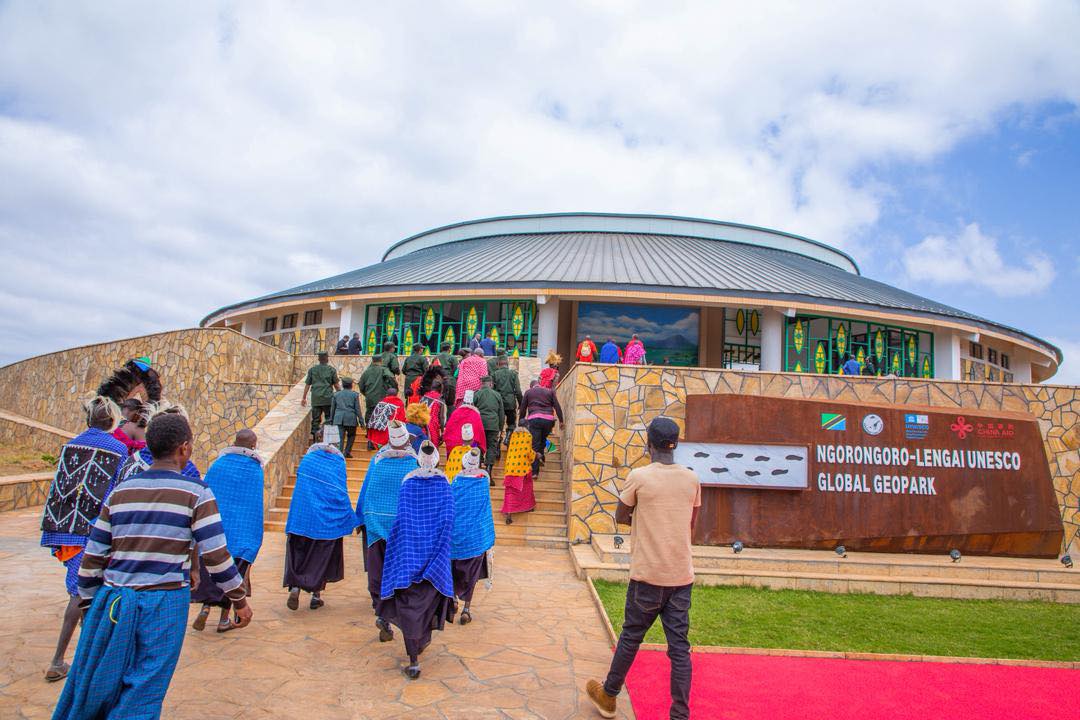
The Ngorongoro Lengai Geopark Museum stands as a powerful symbol of collaboration between the Government of the United Republic of Tanzania and the Government of the People’s Republic of China.
Built under the Ngorongoro – Lengai Geopark Development Project at a cost of 32bn/-, the museum forms part of the Belt and Road Initiative, reflecting not only a milestone in infrastructure development but also a shared commitment to advancing knowledge, culture, and heritage preservation.
Inside the museum, science and history come together in perfect harmony. Exhibits of lava flows, fossils, and ancient artefacts tell stories that span millions of years, revealing a Tanzania that is not only renowned for its wildlife and breathtaking landscapes but also a vigilant guardian of the Earth’s oldest geological and cultural memories.
The Urithi Geo-Museum opens up a wide range of opportunities. It introduces a new form of tourism centred on the study and appreciation of geological formations, promotes scientific research and education in geology, and provides communities and students with a chance to explore the history of science and the environment.
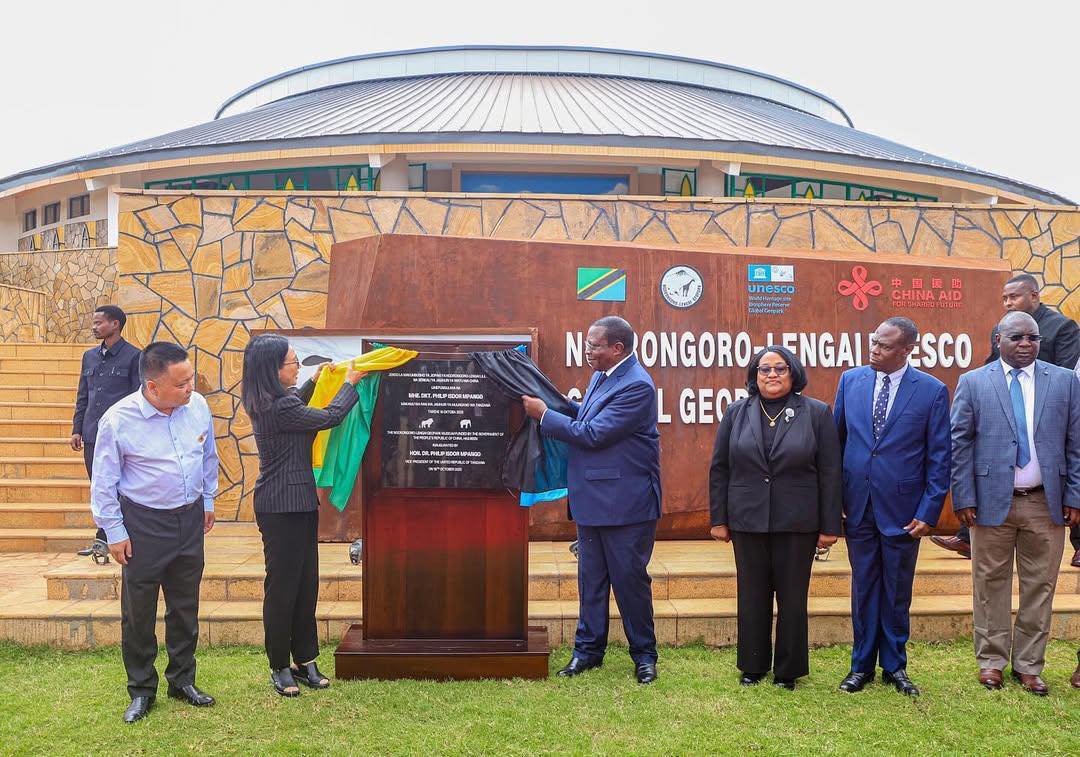
Additionally, the museum creates employment and income opportunities for local residents and reinforces Tanzania’s international reputation as a leader in conservation, tourism, and education.
In his remarks, Dr Mpango said the inauguration marks a turning point in how Tanzania values, shares, and protects its natural and cultural heritage.
“This museum will invite the world to learn directly from the Earth itself,” he stated.
“As Tanzanians, let us cultivate a culture of visiting and appreciating our treasures.” He also emphasised the importance of training staff to manage and interpret the museum’s exhibits, ensuring that every visitor leaves with a true understanding of Ngorongoro’s story.
Representing the Government of China, Ambassador Ms Chen Mingjian expressed her delight at seeing a project born of friendship and shared vision come to fruition. She described the museum as a symbol of the long-standing cooperation between China and Tanzania, a partnership that began in 1964 and continues to flourish through mutual respect, solidarity, and shared progress.
Ambassador Dr. Pindi Chana, the Minister for Natural Resources and Tourism, hailed the milestone as a proud achievement for Tanzanian tourism and conservation. She highlighted that the Ngorongoro Conservation Area, now recognised as a UNESCO Global Geopark, was named Africa’s Leading Tourism Attraction in both 2023 and 2025 by the World Travel Awards, reinforcing its status as one of the world’s most remarkable destinations.
Speaking on his part, General (Rtd) Venance Mabeyo, Chairman of the Board of Directors, celebrated the museum as a triumph of vision and perseverance. “The Urithi Geo-Museum is a cornerstone for developing new forms of tourism beyond wildlife experiences, connecting people to the story of the Earth itself,” he said. He also commended the government’s continued efforts to modernise conservation infrastructure and provide lasting opportunities for education and community engagement across the Ngorongoro landscape.
ALSO READ: Mount Lolmasin: Tanzania’s third highest peak, living legend
As the ribbon was cut and the museum’s doors opened, the first visitors stepped inside, greeted by exhibits tracing the fiery origins of Oldoinyo Lengai, the mysteries of Olduvai Gorge, and the delicate balance between geology and life.
Each hall offers a journey through time, revealing how every mountain, fossil, and grain of volcanic ash carries a fragment of humanity’s shared past. The museum’s design blends modern architecture with natural symbolism, reflecting both the beauty and resilience of the Ngorongoro landscape.
The Urithi Geo-Museum is more than a destination; it is a dialogue between past and present, where science meets spirit and the Earth itself becomes the storyteller. It reminds visitors that heritage should not only be preserved but also felt and understood. Every display, sound, and shadow within these walls speaks of continuity, the quiet rhythm of a planet that has sustained life for millions of years.
The Ngorongoro Lengai UNESCO Global Geopark is the only protected area in Sub-Saharan Africa recognised for its internationally significant geological features. It serves as a living classroom where tourism, conservation, education, and research converge not only in geology but across related sciences. Here, visitors from around the world can marvel at nature’s beauty while learning and contributing to scientific discovery.
Located just 147 kilometres from Arusha, 10 kilometres from Karatu, and 7 kilometres from Loduare Gate, the Urithi Geo-Museum is a new treasure of exploration. Nestled within the Ngorongoro Lengai UNESCO Global Geopark, it unites the stories of the Earth, nature, and people in one inspiring space of discovery


